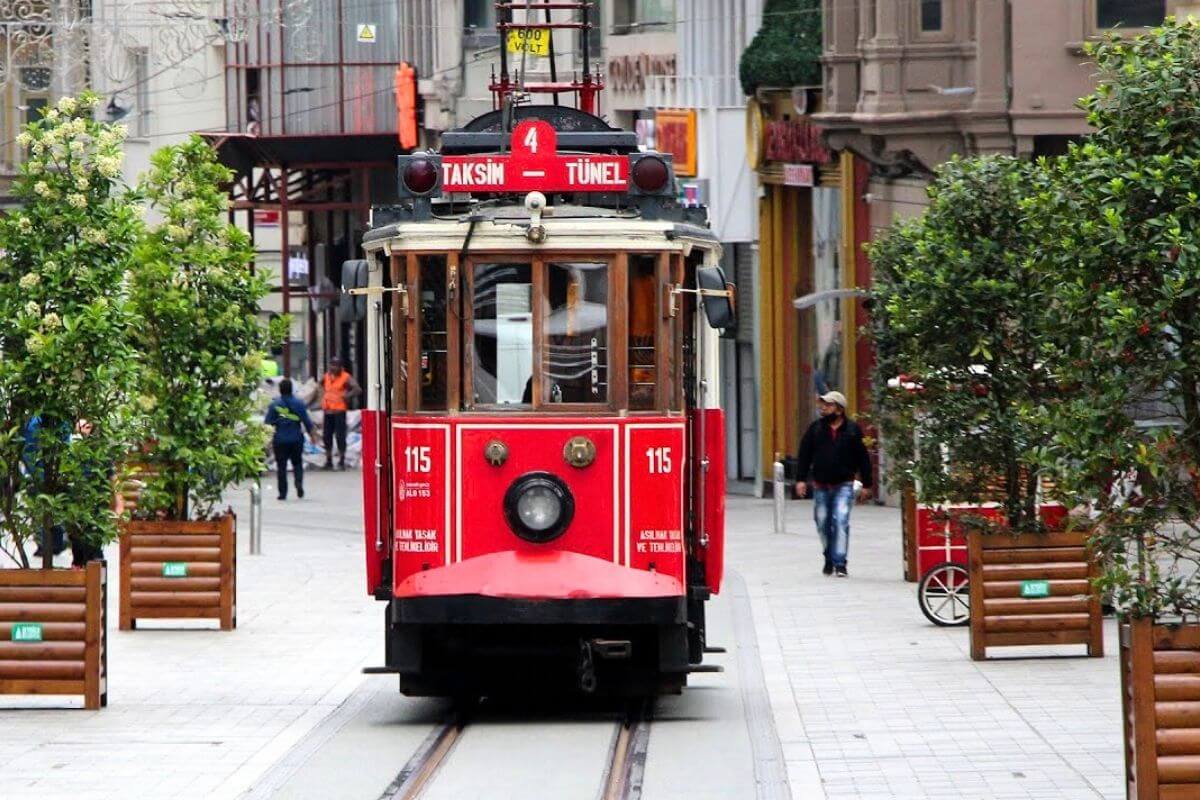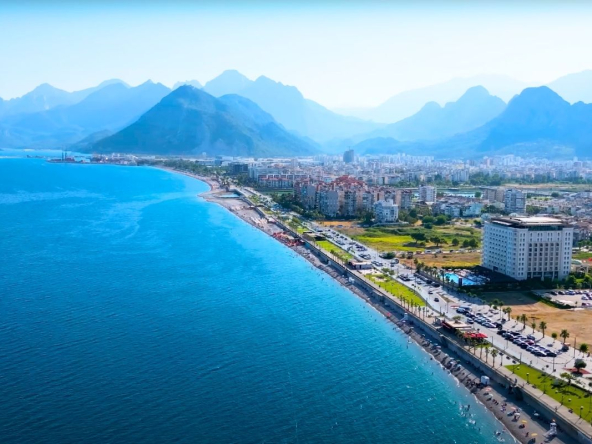Istanbul, a city that bridges Europe and Asia, has always been a key economic and cultural hub. As one of the world’s most historically and strategically significant cities, it continues to evolve, adapting to modern needs while preserving its rich heritage. Over the past few decades, Istanbul has experienced remarkable urban expansion and population growth, necessitating the development of large-scale infrastructure projects. These projects are designed not only to enhance the city’s transportation network and overall connectivity but also to support economic growth and attract global investment.
The real estate market in Istanbul is highly dynamic, with property values fluctuating in response to infrastructural advancements. Mega projects such as new airports, bridges, highways, and financial districts significantly influence market trends, creating both challenges and opportunities for investors. While some areas have seen a substantial rise in property prices due to improved accessibility and new business hubs, others have undergone revitalisation, transforming once-overlooked districts into thriving residential and commercial zones.
This article explores some of the major infrastructure projects shaping Istanbul’s future and examines their impact on the property market. Whether you are a homebuyer, an investor, or simply interested in the city’s transformation, understanding these developments can provide valuable insights into the evolving real estate landscape.
Major Mega Infrastructure Projects
1. Istanbul Airport
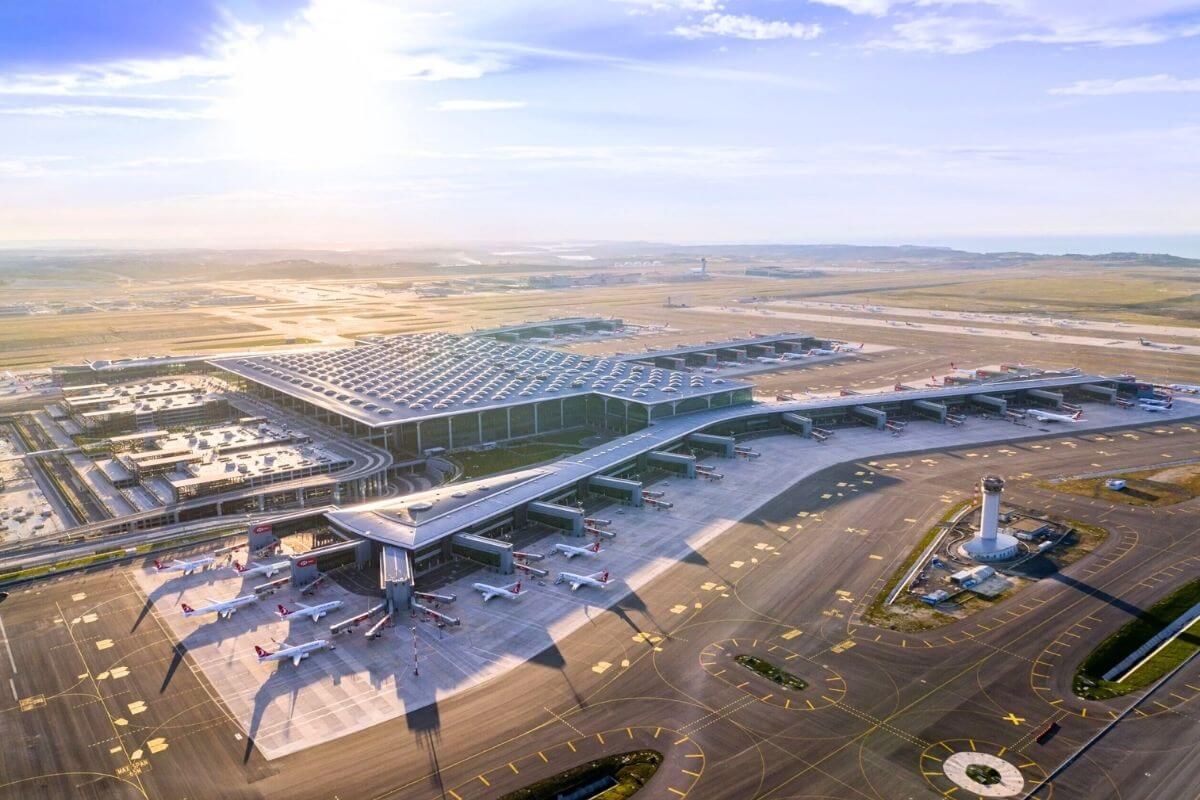
The Istanbul Airport, one of the world’s largest, has transformed the city into a global aviation hub. With an expected passenger capacity of 200 million annually, the airport has boosted real estate demand in areas such as Arnavutköy, Başakşehir, and Kemerburgaz. Increased accessibility and employment opportunities have led to a surge in housing prices and rental rates in these districts.
2. Northern Marmara Highway & Yavuz Sultan Selim Bridge
These infrastructural advancements have improved connectivity between the European and Asian sides of Istanbul. The development of these roads has enhanced accessibility to suburban areas such as Riva, Sarıyer, and Beykoz, making them attractive options for investors and homebuyers. With these improved transportation links, previously less desirable areas are seeing a spike in demand, leading to significant property value appreciation.
3. Istanbul Financial Center
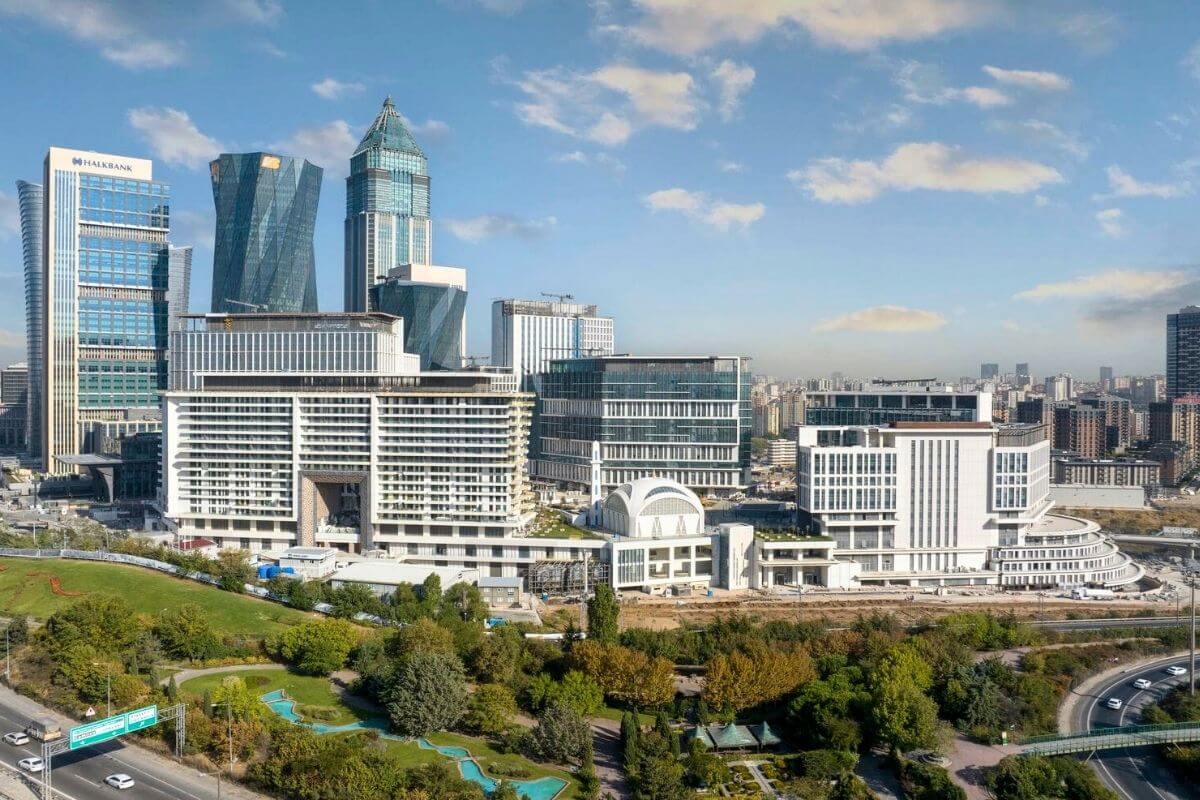
Located in Ataşehir on the Asian side, the Istanbul Financial Center aims to position the city as a global financial hub. This project is set to attract multinational corporations and professionals, driving up property demand in surrounding neighbourhood like Kadıköy, Ümraniye, and Üsküdar. The influx of high-income professionals into these areas is already causing property prices to rise, making them lucrative options for real estate investors.
4. Marmaray and Metro Expansions
Istanbul’s metro system continues to expand, connecting previously less accessible areas to the city center. The completion of new metro lines has led to rising property values along their routes, particularly in areas such as Esenyurt, Sultanbeyli, and Çekmeköy. Improved public transport infrastructure makes these locations more desirable for commuters, which in turn enhances their real estate investment potential.
5. Galataport Istanbul
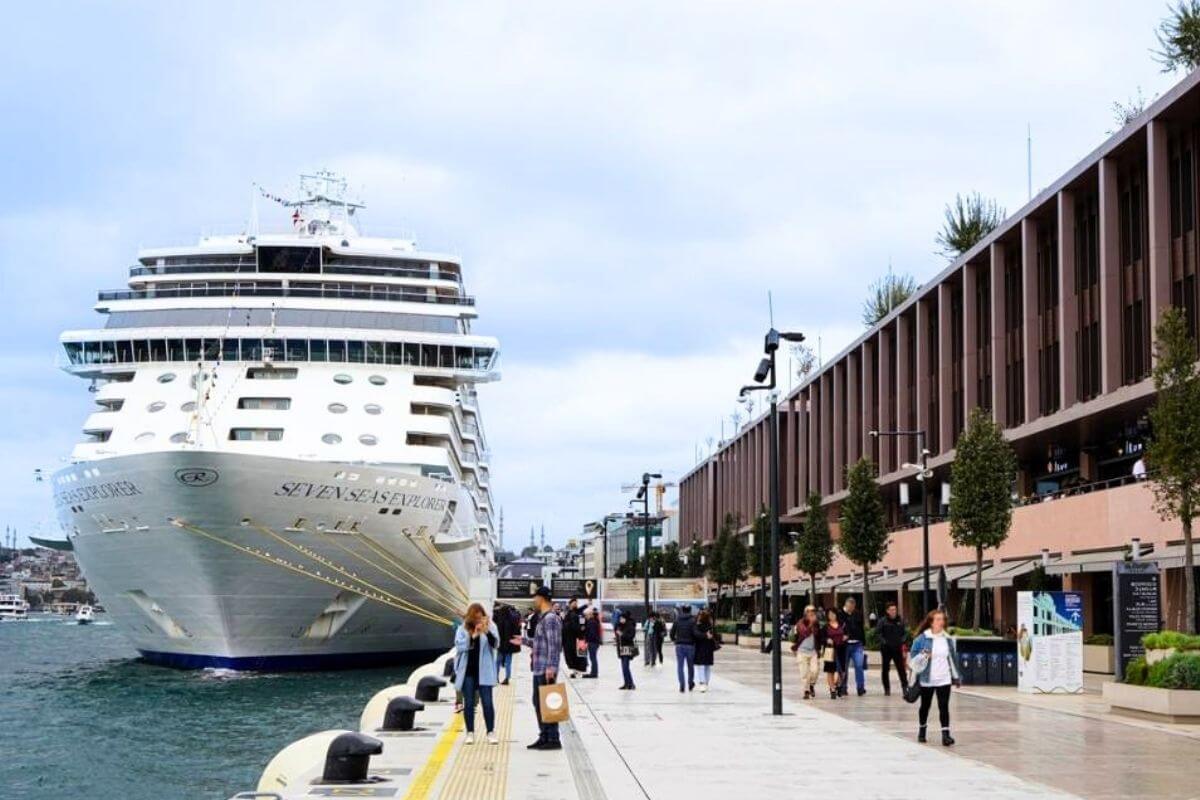
Galataport is a major waterfront redevelopment project that has transformed Istanbul’s cruise ship terminal into a world-class tourism and business destination. This project has revitalised the Karaköy district, attracting international tourists and investors. Luxury residences, hotels, and commercial spaces in the vicinity have experienced substantial appreciation in value as a result of this high-profile development.
6. Avrasya Tunnel
The Avrasya Tunnel is a state-of-the-art underwater road tunnel that connects the European and Asian sides of Istanbul under the Bosphorus Strait. This tunnel has significantly reduced travel time between the two continents, making daily commutes more convenient. As a result, property values in areas such as Zeytinburnu, Üsküdar, and Kadıköy have risen, as more people seek residences with improved connectivity to both sides of the city.
Impact on Istanbul Real Estate Prices
1. Rising Property Values
Mega infrastructure projects typically lead to increased property values due to improved accessibility, better facilities, and economic growth. Districts near these projects have experienced an upward trend in prices, attracting both local and international investors. With a growing demand for luxury residences in well-connected areas, prices are expected to continue rising.
2. Increase in Rental Demand
With the influx of professionals, businesses, and expats, rental demand has surged, especially in areas close to major infrastructure developments. This has led to higher rental yields, making these locations attractive for buy-to-let investors. The demand for short-term rentals, particularly in business districts, has also seen a significant rise.
3. New Investment Hotspots
Once overlooked districts are now becoming prime real estate locations. Areas near the Istanbul Airport, Istanbul Financial Center, Avrasya Tunnel, and metro expansion routes have gained significant attention from investors seeking high returns. As new infrastructure projects come to life, previously undervalued neighbourhoods are becoming lucrative investment opportunities.
4. Long-Term Growth Potential
While infrastructure projects can drive long-term growth, investors must be cautious of short-term speculation. Areas undergoing rapid development often experience temporary price surges, followed by stabilisation. It is crucial to evaluate the long-term sustainability of a neighbourhood before making an investment decision.
5. The Role of Government Incentives
The Turkish government continues to offer incentives to encourage real estate investment, particularly in areas affected by major infrastructure developments. Tax breaks, residency programs, and attractive financing options further increase investor confidence in Istanbul’s property market.
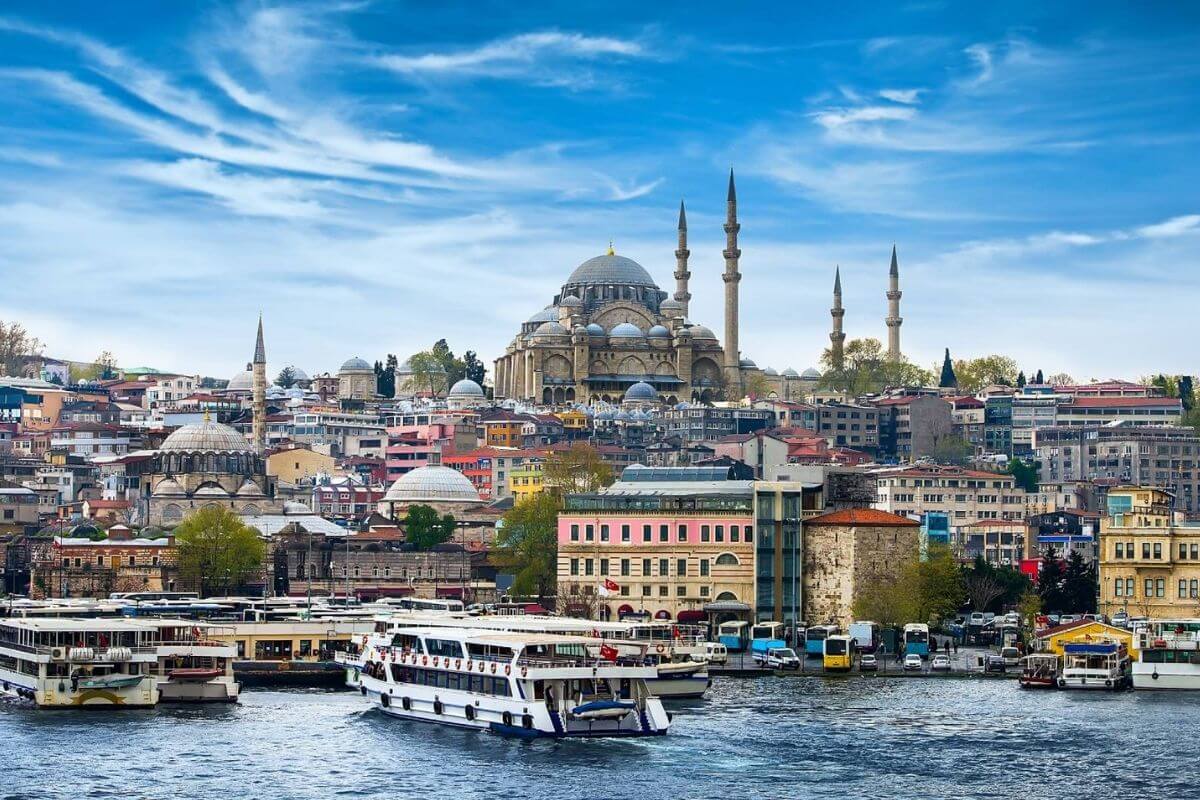
Istanbul’s mega infrastructure projects are shaping the city’s real estate landscape, driving growth, and creating new investment opportunities. Areas surrounding these projects are seeing significant price appreciation, making them lucrative for property investors. However, market speculation and economic factors should be carefully considered before investing.
As Istanbul continues to develop, staying informed about upcoming infrastructure projects can provide a strategic advantage for real estate investors and buyers. If you are considering investing in Istanbul’s property market, now may be the right time to explore these emerging hotspots.

